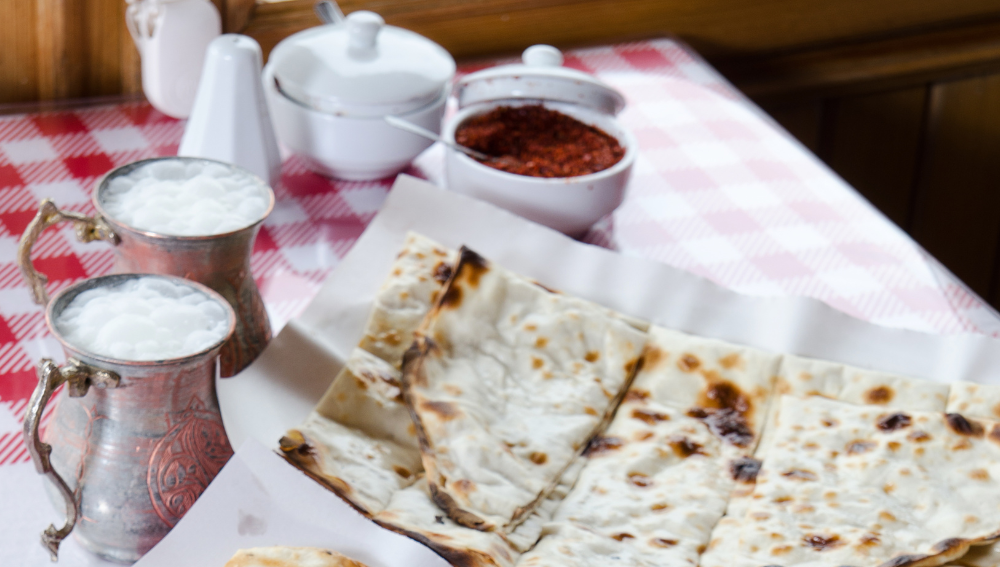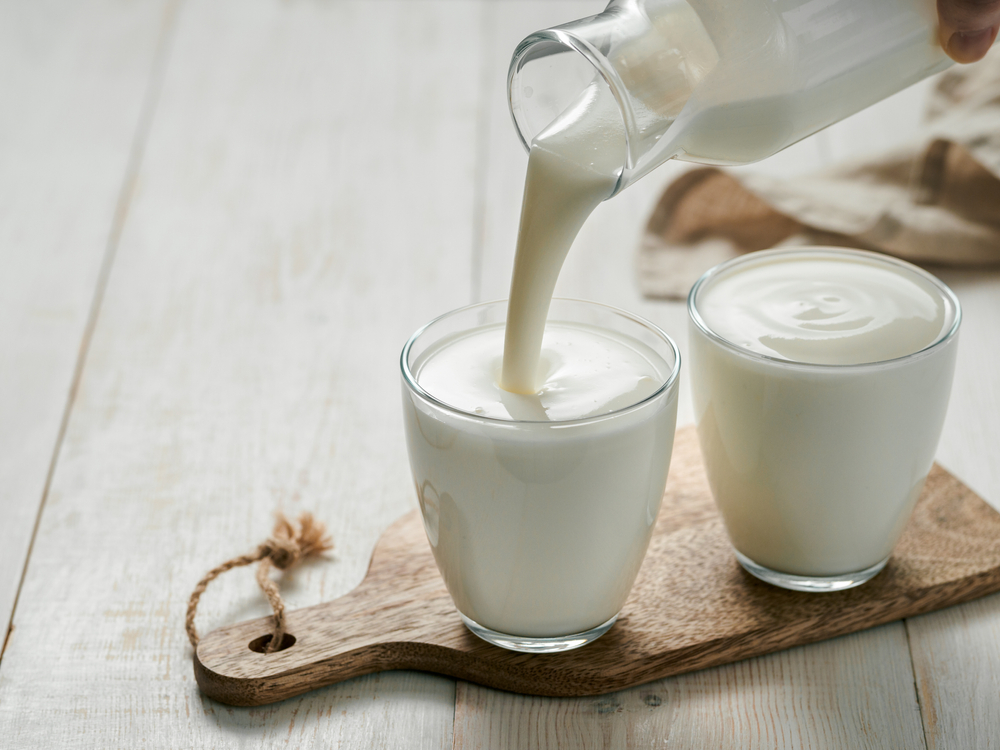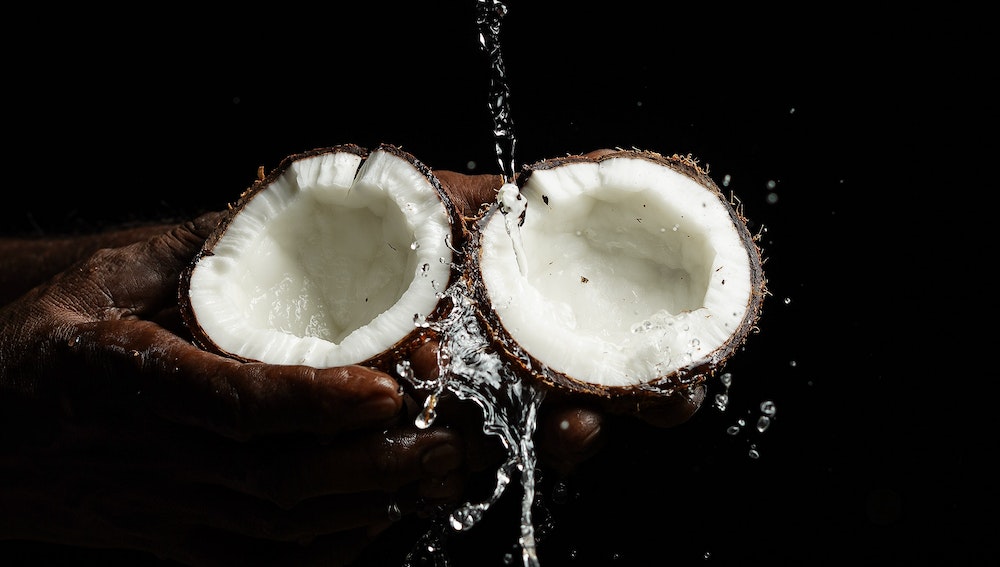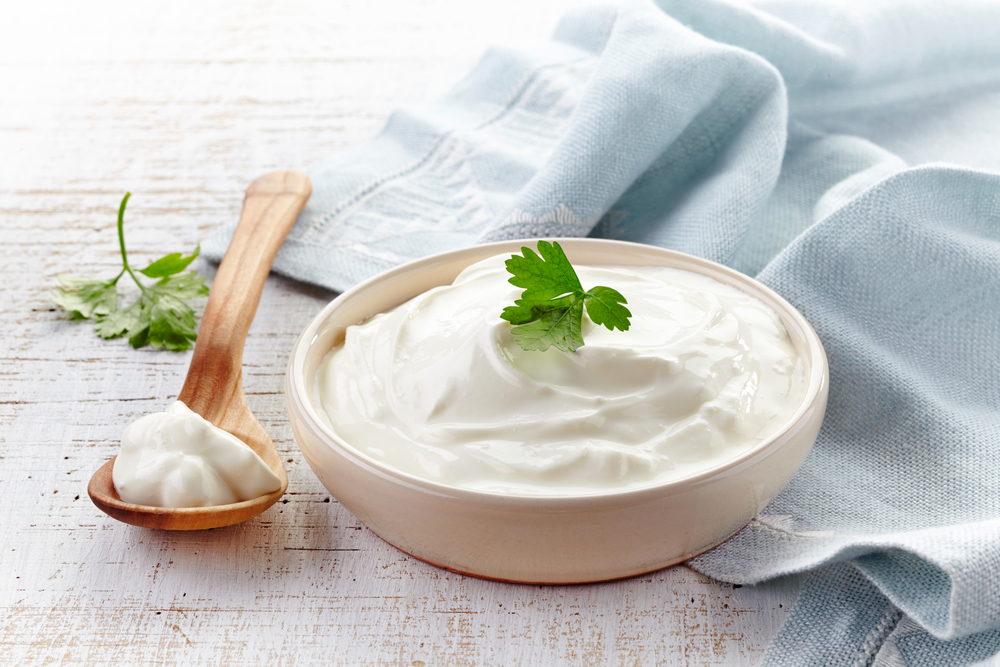Buttermilk, a slightly sour and tangy milk product, has been used for centuries both as a beverage and as a key ingredient in various recipes.
Its unique taste and consistency make it a staple in many kitchens, particularly for bakers who value its ability to add moisture, tenderize, and react with baking soda to leaven baked goods. With its versatility in baking and cooking, many people may wonder if they can buy buttermilk and add it to their list of kitchen essentials.
For those wondering whether they can purchase buttermilk, the answer is yes. Buttermilk is readily available in most grocery stores, typically found in the dairy section near other milk products.
It is commonly sold in liquid form, either as a traditional option sourced from cultured milk or a more modern version made from adding acidic ingredients like vinegar or lemon juice to regular milk.
This allows shoppers to choose the type of buttermilk that best suits their needs and preferences, whether they intend to use it in baking, cooking, or simply enjoy it as a refreshing beverage.
Key Takeaways
- Buttermilk is a versatile ingredient in baking and cooking, adding moistness and tenderness to recipes
- Customers can easily find and purchase buttermilk in grocery stores, usually in the dairy section
- Traditional and modern buttermilk options are available for different culinary needs and preferences
What is Buttermilk

Buttermilk is a dairy product known for its tangy flavor and creamy consistency. Traditionally, it was the liquid left behind after churning butter out of cream, but now it’s more commonly made by culturing milk with friendly bacteria.
This is called cultured buttermilk. This process introduces lactic acid, which gives buttermilk its characteristic rich taste and thick texture.
Cultured buttermilk is typically made from pasteurized milk that has been homogenized, ensuring a smooth and uniform consistency.
The milk is combined with active cultures, usually lactic acid-producing bacteria. These bacteria ferment the lactose present in the milk, creating lactic acid. This reaction alters the milk’s flavor, making it tart and tangy, and causes the milk to thicken.
Buttermilk has several nutritional benefits as well, making it a healthy addition to various dishes and recipes. One notable aspect of buttermilk is its calcium content, which contributes to strong bones and teeth.
Additionally, buttermilk contains Vitamin A, which is essential for good vision, and supports a healthy immune system.
In summary, buttermilk is a versatile dairy product with a unique flavor and richness, thanks to the lactic acid produced by friendly bacteria.
Made from cultured, pasteurized, and homogenized milk, it offers a host of nutritional benefits, including calcium and Vitamin A.
Buying Buttermilk
Grocery Store Buttermilk
Purchasing buttermilk from a grocery store is a convenient option for many people. Most grocery stores stock buttermilk in the dairy section alongside other milk products.
It is typically available in cartons or bottles and comes in different sizes to suit a variety of needs.
When selecting buttermilk from a grocery store, it is essential to check the expiration date to ensure its freshness. Also, be sure to choose the right variety, as buttermilk may come in low-fat, whole, and cultured options.
Homemade Buttermilk
For those who prefer a more hands-on approach or cannot find buttermilk in their local grocery store, making homemade buttermilk is a viable alternative.
The process is relatively simple and requires only two ingredients: milk and an acid, such as lemon juice or white vinegar.
To make homemade buttermilk:
- Measure 1 cup of milk (whole, low-fat, or non-dairy options can be used)
- Add 1 tablespoon of an acid (either lemon juice or white vinegar)
- Stir the mixture and let it sit for about 10 minutes
The result will be a thick and tangy buttermilk substitute that can be used in various recipes.
Homemade buttermilk may not have the same consistency as store-bought buttermilk, but it will still provide the desired flavor and acidity in recipes that call for it.
Buttermilk in Baking and Cooking

Baked Goods
Using buttermilk in baked goods imparts a distinct tangy flavor and tender texture to a variety of recipes, including cakes, biscuits, and pancakes.
The acidity in buttermilk can react with other ingredients, like baking soda, to create a leavening effect that lightens and lifts the final product. Some popular baked goods made with buttermilk are:
- Red velvet cake
- Blueberry buttermilk muffins
- Southern-style biscuits
- Fluffy buttermilk pancakes
Cooking with Buttermilk
Buttermilk isn’t limited to just baking. It also plays a significant role in many cooking applications. Some classic cooking uses of buttermilk include:
- Marinades: The acidity in buttermilk tenderizes proteins, making it an excellent base for marinades, particularly for chicken and pork.
- Salad dressings and sauces: Buttermilk can create smooth, creamy dressings and sauces that provide a tangy counterpoint to the dish. Examples include ranch dressing and buttermilk mashed potatoes.
- Soups and stews: Adding buttermilk to a soup or stew can provide a touch of acidity and creaminess to round out the other flavors, as in gazpacho or chowder recipes.
- Breading and batter: Buttermilk can be used to moisten the breading for fried dishes, like fried chicken, or as the liquid component in a batter for frying fish or vegetables.
If you don’t have buttermilk on hand, you can make a substitute by adding a tablespoon of vinegar or lemon juice to a cup of whole milk and let it sit for a few minutes until it thickens.
Alternatively, you can use plain yogurt as a one-to-one substitute, which will provide a similar taste and texture to your recipes.
Buttermilk in Other Foods

Buttermilk is a versatile ingredient that can be used in a variety of recipes. One popular use of buttermilk is in salad dressings. Its tangy flavor and creamy texture make it an excellent base for various types of dressings.
Furthermore, its acidity can help emulsify the dressing, ensuring that the ingredients blend together smoothly.
Another benefit of using buttermilk in dressings and other recipes is that it can be stored at room temperature for short periods. This feature makes it a convenient option for picnics and outdoor events where refrigeration is not available.
Of course, when not in use, it is essential to store buttermilk in the refrigerator to maintain its freshness and quality.
In addition to dressings, buttermilk is often used as a marinade for meats. Its acidic nature tenderizes the meat, breaking down proteins and making it more succulent and flavorful.
For the best results, it is recommended to marinate the meat in the buttermilk mixture for at least a few hours before cooking.
In conclusion, incorporating buttermilk into different recipes adds a unique taste and texture. Its versatility in salad dressings, ability to be stored at room temperature, and tenderizing properties make it a valuable ingredient in various culinary applications.
So next time you find yourself with some extra buttermilk, try experimenting with it in different recipes, and enjoy the delicious results.
Health Benefits

Buttermilk is a low-fat dairy product with a slightly tangy flavor and a smooth consistency. It offers various health benefits, making it an excellent choice for those who are conscious of their well-being.
One of the primary benefits of buttermilk is its low-fat content, which makes it a healthier alternative to whole milk or cream. This attribute makes it suitable for individuals aiming to manage their weight or reduce their overall fat consumption.
Furthermore, buttermilk is rich in essential nutrients such as calcium, phosphorus, and vitamin D, which are vital for bone health and growth.
Moreover, buttermilk contains probiotic bacteria that contribute to a healthy gut by improving digestion and enhancing the absorption of nutrients.
These probiotics also help strengthen the immune system, providing an added layer of protection against infections and illnesses.
In addition to its gut-boosting capabilities, buttermilk has been shown to possess antioxidant properties that help combat inflammation and protect the body from oxidative stress.
This can be beneficial in maintaining cardiovascular health and preventing chronic diseases.
Buttermilk can be easily incorporated into a balanced diet due to its versatility. Its consistency makes it an ideal ingredient for creating creamy sauces, dressings, marinades, and batters. It can also be consumed on its own as a refreshing beverage or used in smoothies, pancakes, and other baked goods.
In summary, buttermilk offers several health benefits, such as low-fat content, essential nutrients for bone health, probiotics for gut health, and antioxidant properties.
Its versatility and unique consistency make it an appealing option for those looking to improve their overall health through diet.
Frequently Asked Questions
Where to find buttermilk in grocery stores?
Buttermilk can typically be found in the dairy section of most grocery stores. It is usually located near other milk products, such as whole milk, skim milk, and cream.
What grocery stores sell buttermilk?
Most major grocery store chains, including Walmart, Target, Safeway, and Kroger, carry buttermilk. Smaller local grocery stores and specialty food stores may also have buttermilk available for purchase.
What are common buttermilk substitutes?
If buttermilk is unavailable, there are several substitutes that can work well in recipes. A common substitution is mixing 1 cup of milk with 1 tablespoon of lemon juice or white vinegar and letting it sit for a few minutes.
Another option is to use plain yogurt or sour cream as a 1:1 substitute for buttermilk.
Is homemade buttermilk the same as store-bought?
Homemade buttermilk can serve as a suitable replacement in recipes, but it may not be the same as store-bought. Store-bought buttermilk is typically cultured, meaning it contains live bacteria that give it a distinct tangy flavor.
Homemade buttermilk made with milk and an acid (lemon juice or vinegar) may not have the same depth of flavor but will work for most recipes.
Which brand of buttermilk is the best?
There is no definitive answer as to which brand is the best, as individual preferences can vary. Some popular brands include Organic Valley, Horizon Organic, and Kalona Supernatural.
Trying different brands and comparing the taste, texture, and quality can help in determining one’s personal preference.
Can I find whole buttermilk at local stores?
Whole buttermilk may be available at some local stores, particularly those specializing in natural or organic products.
Whole buttermilk has a higher fat content than reduced-fat or nonfat varieties and is less commonly found in standard grocery stores. It is worth checking with the store’s dairy department or customer service for availability.







